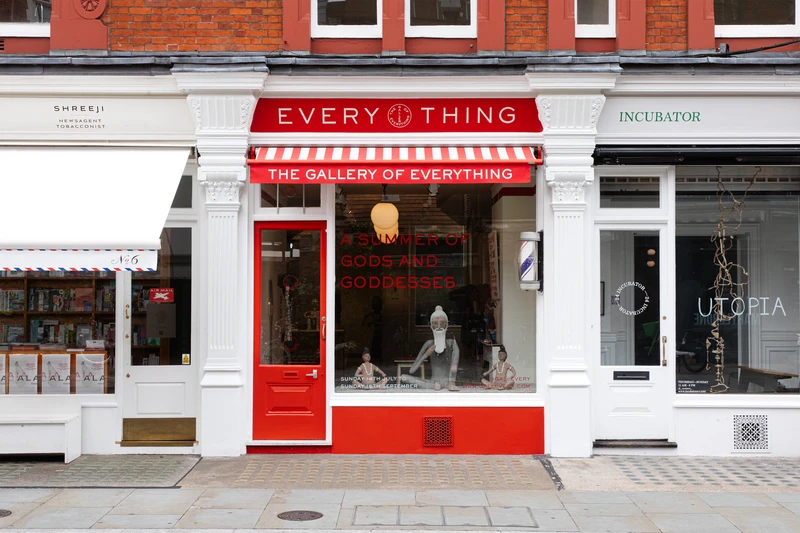A Summer of Gods and Goddesses
14 Jun-14 Sep 2024


Born in India before the Partition, Saini was a refugee who went on to become a cultural figure of international renown. His gesamtkunstwerk was a secret maze of narrow walkways and sloping gardens, decorated with hand-crafted figurines of cement, ceramic, bangle and bottletop.
Originally titled The Kingdom of Gods and Goddesses, Saini’s physical dreamscape was partially inspired by childhood fables of magical empires, recounted to him by his mother before their forced emigration. Yet it was his engagement with Chandigarh, the capital city designed by Albert Mayer, Matthew Nowicki and Le Corbusier, which brought it into being.
In his lifetime, Saini never formally acknowledged his role as author of this oeuvre; nor did he recognise the unauthorised land-grab, which formed the basis of his monumental artwork, as a political or post-colonial gesture. This, despite its radical organic form and content, and its contrast to Chandigarh’s monumental concrete structures and disruptive architectural lines.
Instead, Saini acknowledged his role in building a legacy for everyday Indian people: a place where they could simply go, discover and be.
In this centenary year of Nek Chand Saini’s birth, The Gallery of Everything honours his profound achievement with an installation of works from the 1960s, 1970s and 1980s, including original ceramic and bangle figures created by Saini and his team of workers.
A Summer of Gods and Goddesses press release
Download